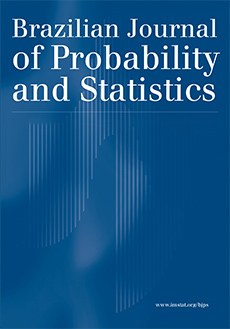Abstract
Longitudinal zero-inflated count data are widely encountered in many fields, while modeling the correlation between measurements for the same subject is more challenge due to the lack of suitable multivariate joint distributions. This paper studies a novel mean-correlation modeling approach for longitudinal zero-inflated regression model, solving both problems of specifying joint distribution and parsimoniously modeling correlations with no constraint. The joint distribution of zero-inflated discrete longitudinal responses is modeled by a copula model whose correlation parameters are innovatively represented in hyper-spherical coordinates. To overcome the computational intractability in maximizing the full likelihood function of the model, we further propose a computationally efficient pairwise likelihood approach. We then propose separated mean and correlation regression models to model these key quantities, such modeling approach can also handle irregularly and possibly subject-specific times points. The resulting estimators are shown to be consistent and asymptotically normal. Data example and simulations support the effectiveness of the proposed approach.
Citation
Weiping Zhang. Jiangli Wang. Fang Qian. Yu Chen. "A joint mean-correlation modeling approach for longitudinal zero-inflated count data." Braz. J. Probab. Stat. 34 (1) 35 - 50, February 2020. https://doi.org/10.1214/18-BJPS416
Information





